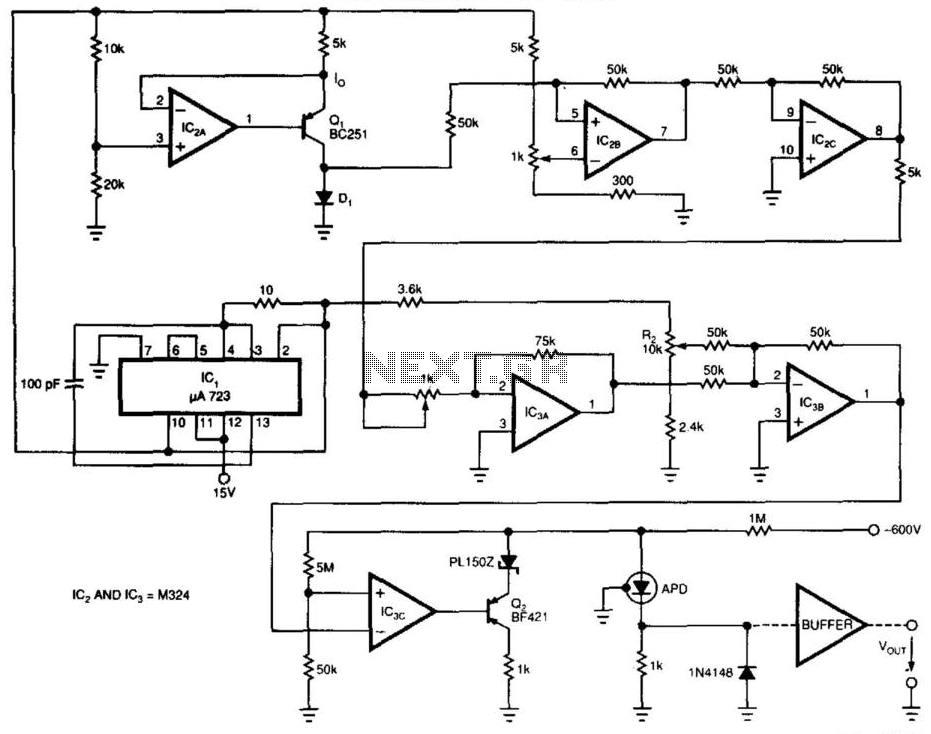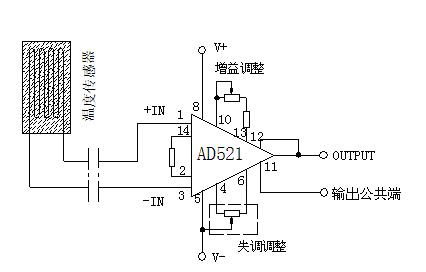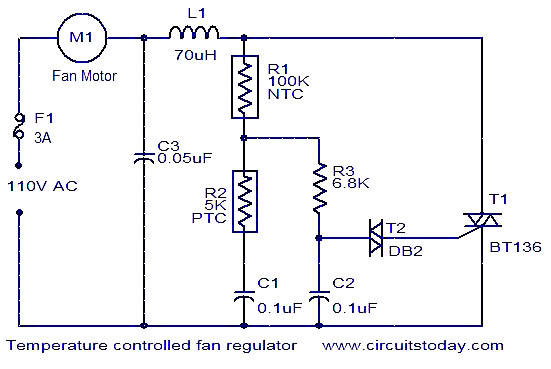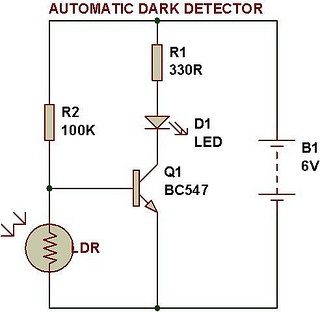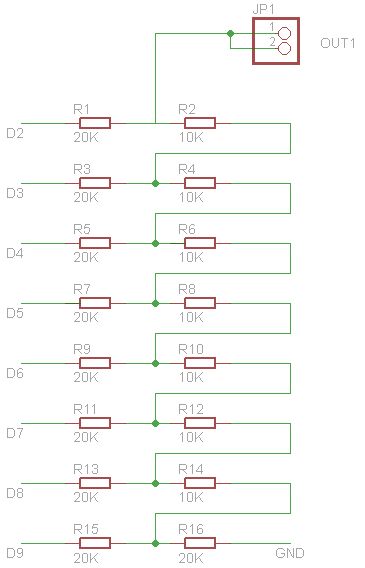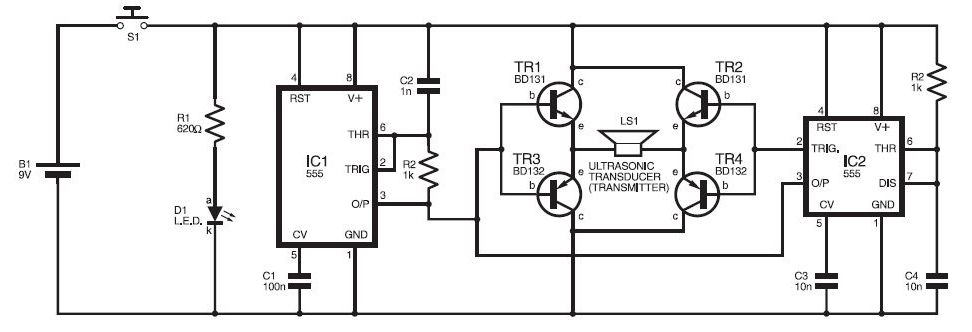
Digital-Output Sensor Simplifies Temperature Acquisition
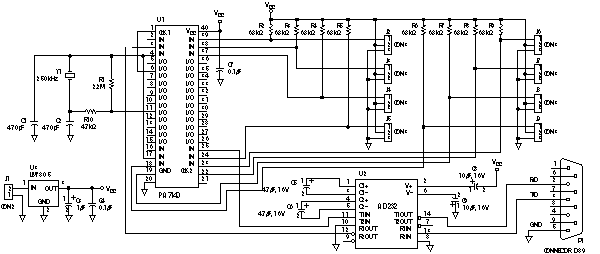
The TMP03 is a complete temperature data-acquisition system on a monolithic silicon chip. Including a silicon-based sensor, internal voltage reference, and sigma-delta A/D converter, it fits in a 3-pin (power, common, and output) TO-92 transistor package. Its digital output is a low-frequency variable-duty-cycle serial data stream, available at an open collector with 5-mA sink-current available. A companion product, the TMP04, is identical but has a CMOS/TTL-compatible output. More: Analog Devices bandgap references generate both a constant voltage and a PTAT (proportional to absolute temperature) voltage. In the TMP03, these are applied as inputs to a first-order sigma-delta modulator. The device output is a 35-Hz (nominal) accurate
The TMP03 is designed as a highly integrated temperature sensing solution, leveraging a silicon-based temperature sensor that provides precise thermal measurements. The chip integrates several key components, including an internal voltage reference and a sigma-delta analog-to-digital converter (ADC), which work together to convert the analog temperature signal into a digital format. The device is packaged in a compact TO-92 form factor, consisting of three pins: power, common, and output, facilitating easy integration into various electronic systems.
The output of the TMP03 is a low-frequency variable-duty-cycle serial data stream. This output configuration is particularly useful for applications where power consumption is a critical factor, as the open collector output allows for flexibility in interfacing with other digital logic levels. The device can sink up to 5 mA of current, making it suitable for driving other components or indicators in a circuit.
The operation of the TMP03 is enhanced by the use of Analog Devices' bandgap reference technology, which provides a stable reference voltage alongside a PTAT voltage that varies proportionally with temperature. These voltages are fed into the sigma-delta modulator, which is a key element in achieving high accuracy and resolution in the temperature measurements. The nominal output frequency of the device is 35 Hz, providing a reliable and consistent digital representation of temperature data.
In summary, the TMP03 represents a robust solution for temperature measurement and data acquisition in a variety of applications, including industrial monitoring, consumer electronics, and environmental sensing, offering a blend of accuracy, compactness, and low power consumption.The TMP03* is a complete temperature data-acquisition system on a monolithic silicon chip. Including a silicon-based sensor, internal voltage reference, and sigma-delta A/D converter, it fits in a 3-pin (power, common, and output) TO-92 transistor package. Its digital output is a low-frequency variable-duty-cycle serial data stream, available at an open collector with 5-mA sink-current available.
A companion product, the TMP04, is identical but has a CMOS/TTL-compatible output. Analog Devices bandgap references generate both a constant voltage and a PTAT (proportional to absolute temperature) voltage. In the TMP03, these are applied as inputs to a first-order sigma-delta modulator. The device output is a 35-Hz (nominal) accurate 🔗 External reference
The TMP03 is designed as a highly integrated temperature sensing solution, leveraging a silicon-based temperature sensor that provides precise thermal measurements. The chip integrates several key components, including an internal voltage reference and a sigma-delta analog-to-digital converter (ADC), which work together to convert the analog temperature signal into a digital format. The device is packaged in a compact TO-92 form factor, consisting of three pins: power, common, and output, facilitating easy integration into various electronic systems.
The output of the TMP03 is a low-frequency variable-duty-cycle serial data stream. This output configuration is particularly useful for applications where power consumption is a critical factor, as the open collector output allows for flexibility in interfacing with other digital logic levels. The device can sink up to 5 mA of current, making it suitable for driving other components or indicators in a circuit.
The operation of the TMP03 is enhanced by the use of Analog Devices' bandgap reference technology, which provides a stable reference voltage alongside a PTAT voltage that varies proportionally with temperature. These voltages are fed into the sigma-delta modulator, which is a key element in achieving high accuracy and resolution in the temperature measurements. The nominal output frequency of the device is 35 Hz, providing a reliable and consistent digital representation of temperature data.
In summary, the TMP03 represents a robust solution for temperature measurement and data acquisition in a variety of applications, including industrial monitoring, consumer electronics, and environmental sensing, offering a blend of accuracy, compactness, and low power consumption.The TMP03* is a complete temperature data-acquisition system on a monolithic silicon chip. Including a silicon-based sensor, internal voltage reference, and sigma-delta A/D converter, it fits in a 3-pin (power, common, and output) TO-92 transistor package. Its digital output is a low-frequency variable-duty-cycle serial data stream, available at an open collector with 5-mA sink-current available.
A companion product, the TMP04, is identical but has a CMOS/TTL-compatible output. Analog Devices bandgap references generate both a constant voltage and a PTAT (proportional to absolute temperature) voltage. In the TMP03, these are applied as inputs to a first-order sigma-delta modulator. The device output is a 35-Hz (nominal) accurate 🔗 External reference
